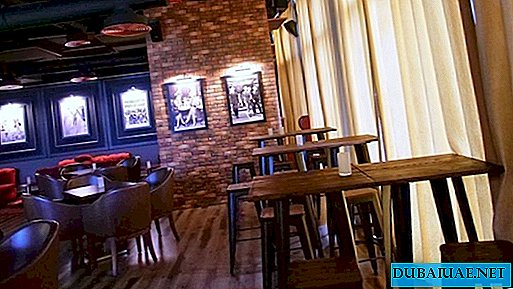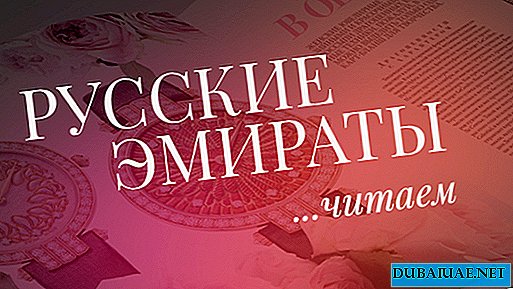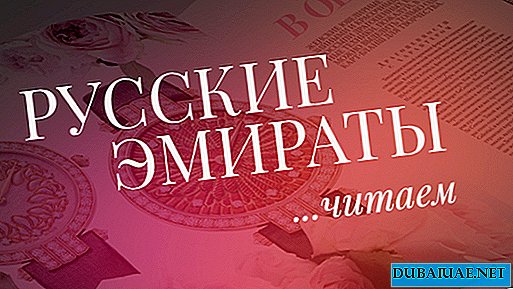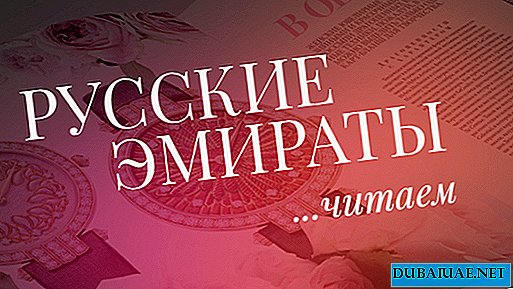 LUXURY MULTI-TIER CAKE - ONE OF THE BEAUTIFUL ATTRIBUTES OF WEDDING CELEBRATION. AND THE RITUAL OF ITS CUTTING IS THE FIRST JOINT VENTURE OF THE NEWLYWEDS. And so that everything goes well, and family life was happy and sweet, it is important to remember the simple rules for decorating and serving desserts.
LUXURY MULTI-TIER CAKE - ONE OF THE BEAUTIFUL ATTRIBUTES OF WEDDING CELEBRATION. AND THE RITUAL OF ITS CUTTING IS THE FIRST JOINT VENTURE OF THE NEWLYWEDS. And so that everything goes well, and family life was happy and sweet, it is important to remember the simple rules for decorating and serving desserts.
When preparing a wedding program, cake design should be given due consideration. A wonderful decoration, an element of the show is a cake (it is also called “wedding bread”, “pie” or “loaf”), like an obligatory “character” in the script of celebrations for centuries and centuries!
Manipulations with cakes began from the time of Ancient Rome. The patrician groom solemnly cracked sweet bread from the spelled over the bride's head, and then handed out pieces to the guests. At the same time, the crumbs remaining on the girl’s head were carefully collected - the newlyweds were obliged to eat them together. The ritual was called "confarreatio", which means "eaten together." Later it was replaced by confetti, which all over the world at weddings generously showered the heads of the newlyweds, and at the same time most of the invited guests. However, crumbs are nothing! The rituals that preceded the tradition of breaking bread look really shocking. For example, about 100 BC. e. Roman guests simply threw weighty cakes at the bride ...
The history of the Russian national wedding feast is more poetic. In pagan times, the Slavs used sacred bread as a loaf. Not a single wedding could do without him. Kneading the dough was entrusted to a married woman, pastries to a man, slicing to a child, and distribution of a loaf to a matchmaker. The action itself was accompanied by the singing of "loaf" songs. The sacred bread was decorated with complex patterns of dough and twigs of viburnum, to which mystical properties were attributed.
Kate Middleton, as you know, did not philosophize crafty and chose a completely modern design for the wedding cake. But as a decor for a multi-tiered fruit cake with cream and white icing, the bride of the crown prince suggested the popular British pastry chef Fiona Cairns to use the symbols of the four countries of the United Kingdom. At Kate’s request, the English rose quite peacefully coexisted with the Scottish thistle, the Welsh daffodil and the Irish clover shamrock on a wedding biscuit. However, the worldly customer did not calm down on this! So to create a new-fangled three-dimensional effect, filigree sugar patterns in the style of Joseph Lambert and a monogram from the intertwined initials of William and Kate, officially released only on the wedding day, were additionally used.
As the pastry chef noted in a pre-wedding interview, Kate “knew exactly what she wanted to see her wedding, and what an impression the cake should make”! Therefore, they talked a lot about the culinary masterpiece with raisins, raisins, cherries, lemon, orange zest, eggs, flour, walnuts and French brandy and will be remembered for a long time in Britain itself and far beyond its borders. Moreover, two of the 650 pieces of the treasured cake have already become lots of the famous PFC Auctions auction and brought a pretty decent bonus to the lucky guests who became guests of the celebration.
So the first joint venture of the Duke and Duchess of Cambridge can be considered quite successful!
The main trend of recent years has been decorating cakes with gold leaf, fresh and candied flowers, elements of mastic, meringue or glaze, as well as silk and gold ribbons. As for the form, multi-tiered round cakes are leading. Next come square, heart-shaped cakes and clover shamrocks. This is a replica of the wedding treats of Princess Victoria of Sweden and her chosen one Daniel Westling.
The creamy white color of the dessert is always appropriate in any setting. More bold color combinations are traditionally used, traditionally sustained in the main colors of the celebration. A knife and a spatula - important attributes of a wedding table - should be combined with glasses of the newlyweds and correspond to the general style of the ceremony.
And so that the guests dispersed truly satisfied, they are usually given a miniature "sweet" gift. As a rule, bonbonnieres with sweets. This is also a tribute to the tradition of the XVII century: two cakes were ordered at once for the confectioners - the bride and groom, but over time the groom’s cake became a kind of compliment for those who didn’t get to the wedding. A sign of comfort - a bonbonniere with muffins, chocolate soufflé and dried fruits in a white box with a silver ribbon - always makes an indelible impression. As a symbol of the main treat of a generous wedding table!











